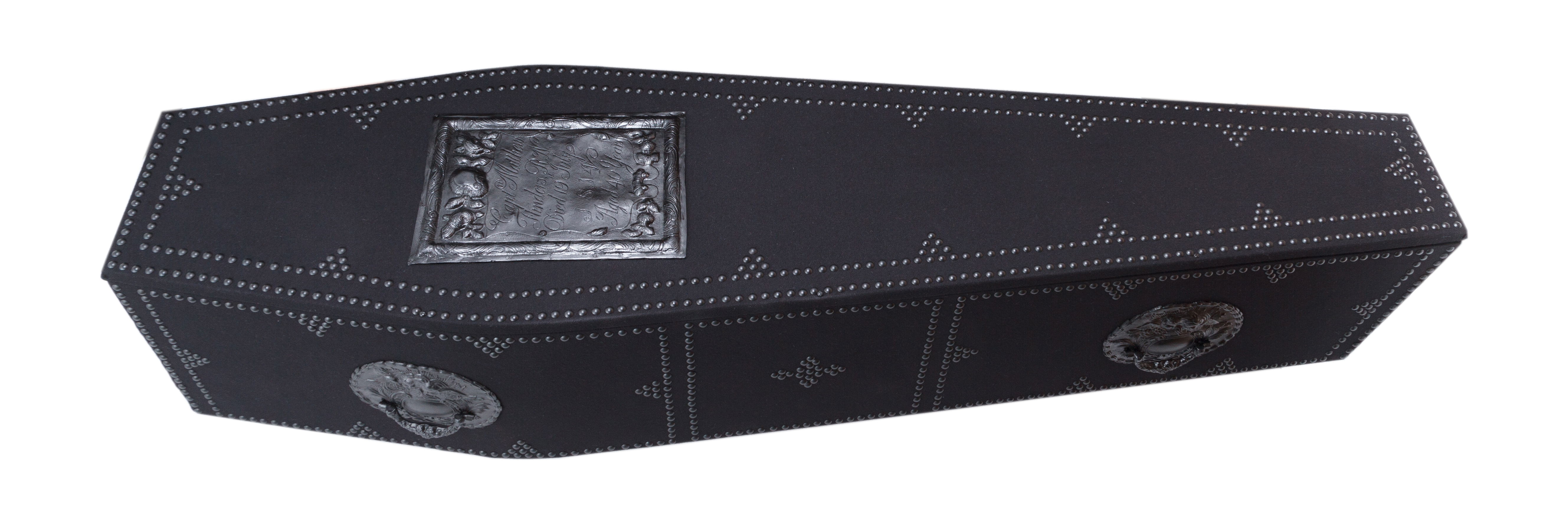How do we know what coffins of Flinders’ era were like?
The undertaking trade, as we know it today, first emerged in the 17th century and was firmly established by the early 18th century, when all burials would have been coffined (Litten, 1991).
Since the level of coffin decoration directly reflected the cost, the post-medieval coffin quickly developed into a status symbol, indicating the wealth and status of the deceased (or, at least, of the person paying for the funeral). Centuries old coffins looked markedly different to modern ones.
However, they are not the sort of things you see in museums or something you would expect to stumble across, for example, stored in the family attic. Rather, the coffin is a prime example of ephemeral material culture, destined to be constructed and buried within weeks or even days.

photo Paul Braham
In the past, very few people besides sextons or grave diggers would have ever glimpsed them post-burial, and then only as decayed remnants, found during the day-to-day business of grave digging. Although there are some historic images (including trade cards and funeral illustrations), very few undertaker’s catalogues survive from the Georgian era.
An understanding of coffin decoration and construction of this period, therefore, requires a combination of both history and archaeology. The past 40 years has seen a surge in interest in burial practises of the 17th to 19th century. This research has been prompted and sustained by development, for which the law now requires the meticulous and professional recording of archaeological remains.
London’s church crypts have perhaps made the largest contribution to our understanding historic coffins, but considerable knowledge has also been gained from excavating earth-cut graves in parish, non-conformist, and private churchyards.